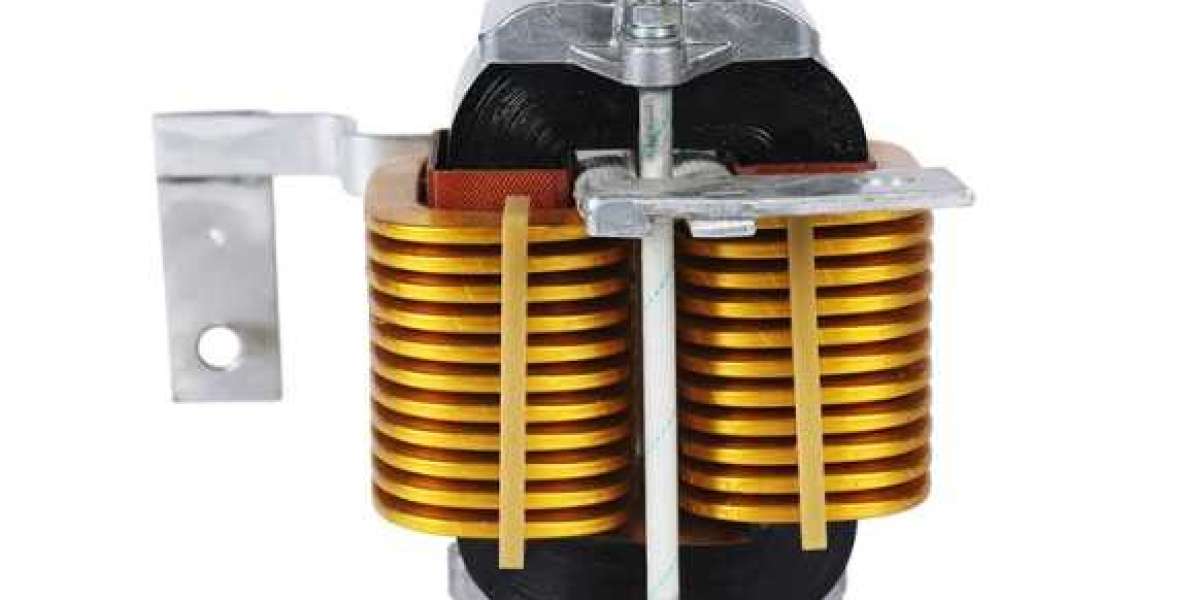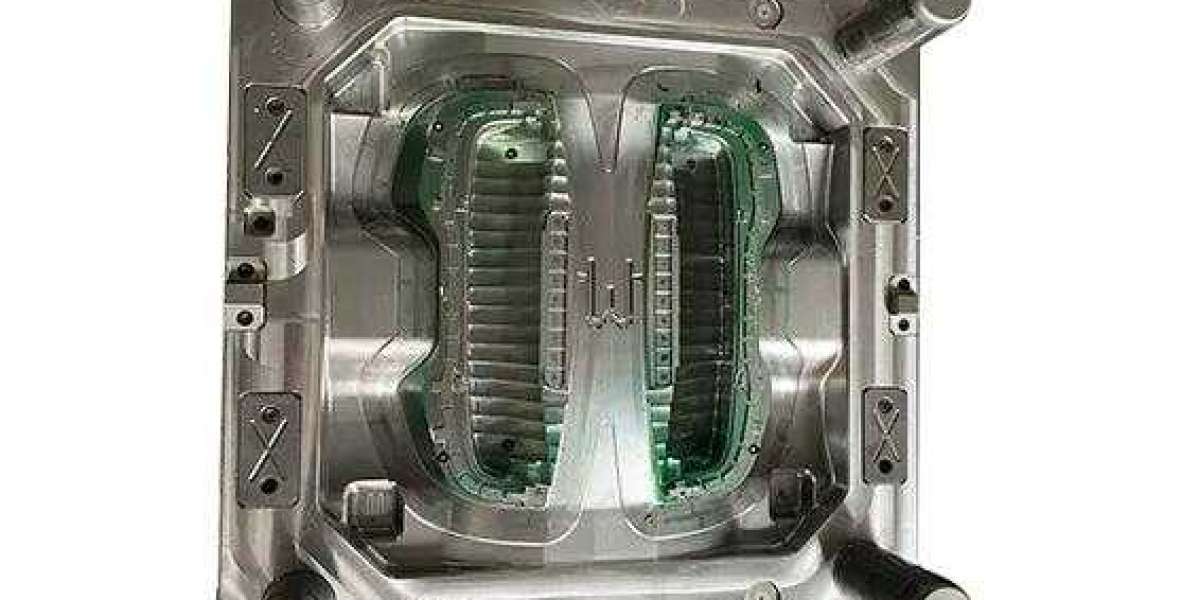In today's increasingly electrified society, core transformers electronic reactors play an indispensable role as key technologies for energy transmission and quality control. They not only play an important role in the power system, but are also widely used in industrial production, new energy access and other fields.
The core transformer is one of the core equipment in the power system and is responsible for realizing the voltage boost, step down and distribution of electric energy. It consists of an iron core and windings and realizes the transmission of electrical energy through the principle of electromagnetic induction. The working principle of the core transformer is simple but important: when the input current passes through the main winding, the magnetic field generated will induce the voltage in the output winding in the core, thereby achieving voltage conversion.
In power systems, core transformers are usually used in the power transmission and transformation process to transport high-voltage power generated by power plants to various users. Its efficient and stable working performance ensures that electric energy can be transported and distributed in a safe and reliable manner, and is an important guarantee for the power system.
Electronic reactor is a new type of power electronic device, mainly used for power factor correction and harmonic suppression in power systems. Compared with traditional linear reactors, electronic reactors have the advantages of small size, fast response speed, and high precision, and can better meet the needs of complex power systems.
The working principle of electronic reactor is based on the switching control of power electronic devices. By adjusting the on and off of switching devices, precise control of voltage and current is achieved. This enables the electronic reactor to flexibly respond to various power quality problems in the power system, such as voltage fluctuations, current harmonics, etc., thus improving the stability and reliability of the power system.
Core transformer electronic reactors are widely used in various fields. In the power system, they are important equipment for power transmission and quality control; in industrial production, they can ensure the normal operation of production equipment and the stable supply of power; in the field of new energy, especially renewable energy sources such as solar and wind energy When connected, they can help solve the challenges posed by energy volatility and intermittency.
In addition, core transformers and electronic reactors also have important applications in electric vehicle charging facilities, railway electrification, aerospace and other fields. Their existence and development provide a solid foundation and reliable guarantee for the development of all walks of life.
With the continuous advancement of science and technology and the development needs of society, core transformers and electronic reactors will usher in new development opportunities in the future. The application of intelligent technology will make them more intelligent and automated, enabling remote monitoring and optimization of power systems. At the same time, the concept of sustainable development will also push them to develop in a more energy-saving and environmentally friendly direction, adopt new materials and manufacturing processes, reduce energy consumption and environmental pollution, and make greater contributions to building a clean and efficient energy system.
As the dual pillars of energy transmission and quality control, core transformers and electronic reactors play an important role in power systems, industrial production and new energy fields. In the future, with the continuous innovation of technology and the continuous expansion of application scenarios, they will continue to play a key role and make greater contributions to building a clean and intelligent energy system.








